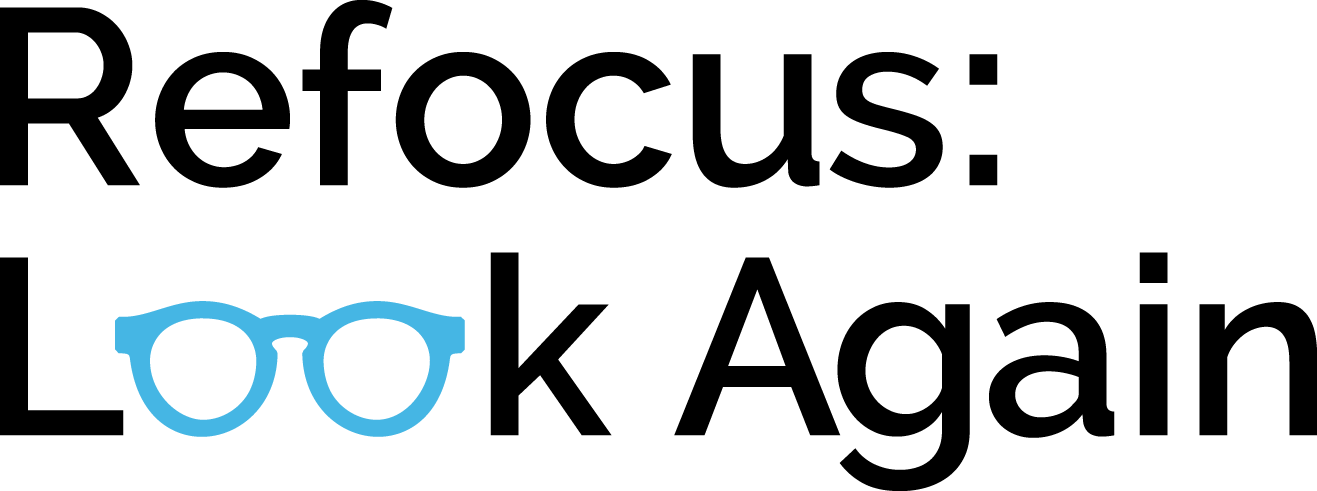There is a very good chance that you know someone who has an invisible illness, whether physical, mental, or both. This person may be a friend, partner, colleague, employer, teacher, or healthcare provider. Regardless of your relationship or their diagnosis, people with invisible illnesses need your support and respect. To help end the stigma, consider the following…
Time to Change - United Kingdom
Based in the UK, Time to Change is a “growing movement of people changing how we all think and act about mental health problems.” Since 2007 they’ve worked to get people talking about mental health in schools, workplaces, and communities. This year, they launched a new program “to help tackle mental health stigma and discrimination in other countries - by training local campaigners and setting up pilot campaigns.” Click the title to learn more about their work.
It’s Time to Quit Using… Stigmatized Words Like Relapse
“With stigma being the biggest barrier to addiction treatment faced by patients, the language we use is as important as what we’re saying. Words like “relapse” work to reinforce the negative ideas associated with substance use disorder. By more carefully choosing language that is not stigmatizing, we can create more awareness and understanding of the disease of substance use disorders.”
Embracing Pride and the LGBT+ Community in Recovery
Tessa Torgeson shares her personal experience as a member of the LGBT+ community who is also in recovery from addiction. “For myself, the intersections of addiction and LGBT identity are so complex… We weren't given the social or political power to have public space. So, bars and underground clubs were our space... so addiction can sometimes become a learned behavior. For me, it was alcohol. I used it to suppress my identity.”
How ageist attitudes affect mental health assessment and treatment of older adults? (Video)
Stigma and Older Adults
This Distorted Perceptions original article explores the intersection of ageism and behavioral health stigmas, and the “double challenges” that can result for older adults with behavioral health conditions. In summary, both stigmas are alive and well, and although positive cultural changes are beginning to occur we must “address the stigma of being an older person in a culture that under-values aging, as well as the stigma of being someone with a behavioral health challenge in a culture that views those challenges with fear and contempt.”
How Schizophrenia Became a Black Disease: An Interview with Jonathan Metzl
“Before the 60s, Ionia doctors viewed schizophrenia as an illness that afflicted nonviolent, white, petty criminals, including the hospital's considerable population of women from rural Michigan… By the mid- to late-1960s, however, schizophrenia was a diagnosis disproportionately applied to the hospital's growing population of African American men from urban Detroit. Perhaps the most shocking evidence I uncovered was that hospital charts "diagnosed" these men in part because of their symptoms, but also because of their connections to the civil rights movement.” Click the title for the entire article by Psychology Today.
Stigma and Culture
The Connection Between Suicide and Stigma
Stigmatization of Eating Disorders
Gina Dimitropoulos’s paper for Canada’s National Eating Disorder Information Centre highlights some great information on the distorted perceptions held in public and professional spheres, the consequences that these negative attitudes can have for individuals experiencing eating disorders, and tips for challenging internalized stigma and stigma in the public, professional, and family roles.


